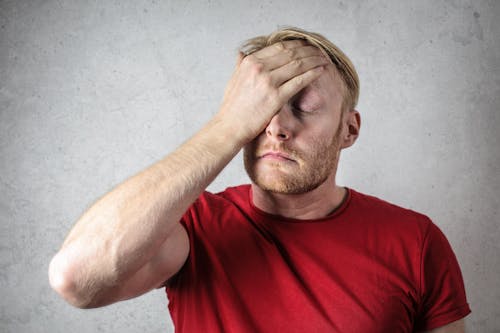After a hair transplant care is an important subject that patients who undergo a hair transplant procedure need to know and follow religiously.
All patients who had a hair transplant surgery using a strip technique usually leave our hair transplant center with a bandage around their head. The bandage is used only to support the newly closed donor wound on the back of the scalp. Patients are given prescriptions for pain and anti-inflammatory medications for the first few days after surgery. The first night after hair transplant surgery, a patient needs to be cautious not to rub or scratch the transplanted area. It is recommended that all patients take it easy for the first days and avoid heavy physical exercises.
Those patients need to come back for physician evaluation and hair wash the day after surgery. During this first visit, the bandage is removed and the donor wound and the transplanted hair is assessed. The donor and recipient areas need to be washed very carefully while teaching the patient how to wash it at home during day two to four after hair transplantation. Hair wash after hair transplant surgery needs to be done twice a day with a special method to minimize the probability of dislodging the grafts. Patients ask if they can skip washing hair within the first few days to avoid damaging the grafts. The answer is “No”. Hair wash is a key step in hair transplant care that guarantees the normal growth of the transplanted hair follicular grafts.

We have a few restrictions on patient’s activities after hair transplants. Some clinics recommend very strict rules for physical activities. It is preferred that patient keeps his normal daily activities with some minor limitations. The activities that add to the tension of the wound edges at the donor area should be avoided for the first four weeks after surgery. Those activities are extreme bending of the neck and heavy weight lifting.
Hair Transplant patients need to go back to the hair transplant clinic on day ten after hair transplant surgery to remove the staples (for patients who had strip surgery and a donor is closed with metal staples) and to reevaluate the donor and recipient area. For the patients who have their donor closed with absorbable sutures, it is recommended to be seen in ten days to assess the healthiness of recipient and donor area, which includes patient’s who had FUE, eyebrow hair transplant, hair transplant repair, or body hair transplants. All follow up visits are included in the initial cost of hair transplant surgery and patients won’t be charged for any follow-up visits.
Hair restoration surgery patients should avoid direct sun exposure to the recipient area for about six months after follicular unit transplant surgery. Extreme and direct sun exposure may harm the growing grafts. Sun contact may also cause skin changing skin color.
The final follow up appointment for their after hair transplant care is between months ten to eleven after their hair transplant surgery when transplanted hair grows to its final thickness and length. At the last session, Dr. Parsa Mohebi evaluates the transplanted hair grafts and assesses the finial size and condition of the donor scar. This visit is a good time for patients who want to consider a repeat surgery to increase the density of hair or cover the areas that have not been completely covered with first hair transplant surgery due to the limited scalp laxity or extended balding area. All patients who are planning for a repeat surgery do not have to wait that long and a repeat surgery could be done any time after month 5 after the initial hair transplant procedure.
Article Source: http://EzineArticles.com/1167821
https://www.renderosity.com/users/id:1033130
https://cliqafriq.com/justinbutt007
https://afroid.net/justinbut007




